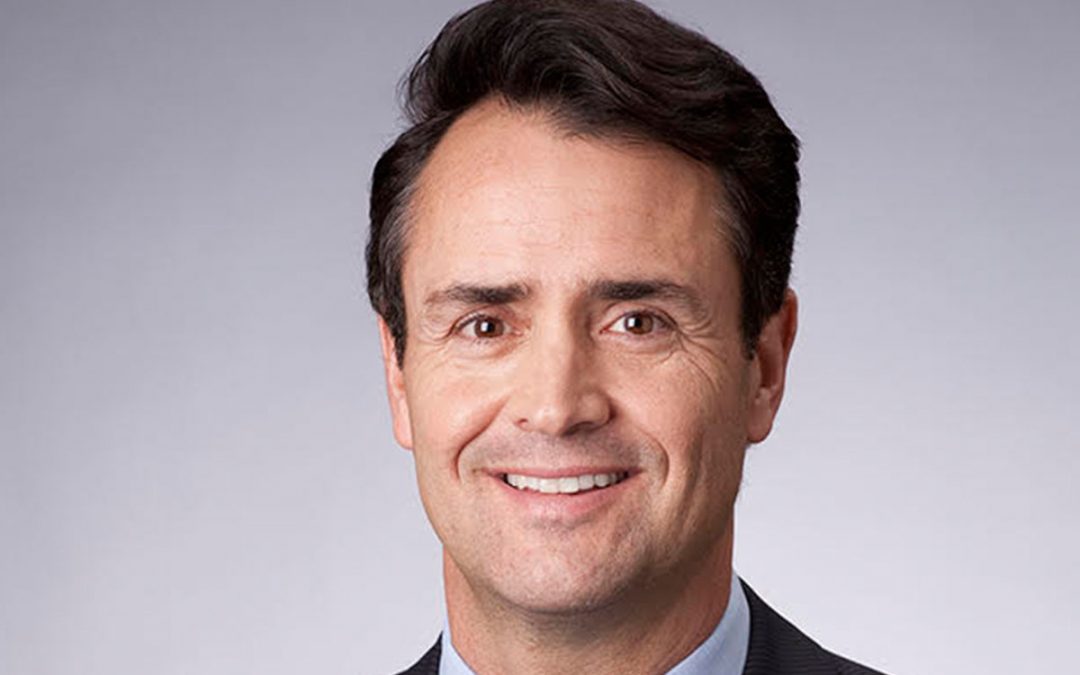Insights into the traveler journey are becoming increasingly important as airports seek to enhance the passenger experience from curb to gate. iinside is one company that can provide data on passenger movements within the airport, offering what it calls “human flow intelligence for smarter airport management.”
Sam Kamel was named president and CEO of iinside in May 2018. AXN’s Carol Ward connected with Kamel to find out how airports can use the technology to streamline the passenger journey and, ultimately, increase non-aeronautical revenue.
Ward: In layman’s language, can you describe how you can track passengers through an airport and the information that can be gleaned from that data?
Kamel: We track the movement of passengers through a number of means.
Wi-Fi and Bluetooth Low Energy (BLE) are both useful “passive” approaches to tracking passenger movement through an airport. BLE in particular is useful since there are more and more BLE devices used by travelers, such as smart watches, AirPods, and wireless headsets. Each BLE device emits a signal which we can pick up using “Bluetooth Sniffers” from a range of about 30 to 40 feet. These very low-cost sniffers are placed around the areas of interest, and with a period of calibration, provide the airport with a variety of useful information – all completely anonymous data with no risk of personally identifiable information. The information from these sniffers is aggregated by iinside’s cloud-based servers and used to provide indoor motion analysis, revealing data such the amount of time it takes a passenger to pass through a TSA checkpoint, or where passengers go through an airport. Do they spend lots of time “gate hugging” or are they concentrating at one retailer in particular? Or are there delays as passengers move through the airport, getting past security but running into other bottlenecks on their way to the gate? Do certain retailers end up with super long lines – like Starbucks on Monday mornings.
A more “active” approach to tracking passenger movement is through the use of LiDAR – which is essentially a “light” radar. Although it’s a new technology for airports, this is a proven technology used by leading car makers, such as Mercedes-Benz and Hyundai, for their autonomous vehicles. Instead of passively listening for devices carried by passengers, LiDAR sees “objects” in 3D by sending a laser beam that reflects off of objects and back to the LiDAR sensor. The system uses this “time delay” to precisely measure the location of an object in 3D space. The LiDAR unit spins at 20 HZ and sends eight beams within a 30-40 percent angle to provide 100 percent coverage of all moving and stationary objects within about 150 feet radius of the unit. iinside uses the output from the Quanergy LiDAR system to develop indoor motion analytics (IMA). We feed this positioning data through our IMA platform and can very accurately see specific queues. For example, using LiDAR, we can track security queues that are close together, but moving at different speeds. For instance, we can differentiate between general check-in and TSA Precheck. We can also provide detailed historical analysis for an airport to better understand the cause of bottlenecks and ways they can improve passenger flows overtime. This data, given its high level of precision, can be shared with multiple stakeholders who provide apps and services to enhance the passenger journey.
In both passive and active modes, iinside runs the raw data through advanced algorithms – and increasingly through machine learning, and soon AI data models – to improve predictions, precision and open up new use cases.
Ward: What is the most common way airports are using iinside’s analytics currently, and what opportunities do you think are being missed?
Kamel: The most common application of iinside analytics is to track performance at security check-ins. This information is used for operations reviews and to determine the impact of different solutions, such as applying biometrics to speed up throughput. This information is also shared with passengers, so they have a real-time sense for how long it will take them to get through security. We also use BLE technology for TSA to track the performance of their canine units and the impact dogs have on reducing security wait times. We also have airports looking to use our analytics to monitor customs and border control (BCD) areas. Lines can be extremely long as passengers arrive through international hubs. By measuring and tracking wait times, BCD can work to improve the passenger experience.
Ward: How can iinside’s analytics be used to maximize revenue generation in an airport?
Kamel: The use cases I outlined earlier are simple and just the beginning. We have so many ideas and airports, as well as other participants in the travel ecosystem, are beginning to realize the new useful, passenger-friendly benefits travel time data can provide. Indoor motion analytics can shed light on many parts of the passenger journey to and from the airport. As airports, airlines, online travel agencies and many others innovate to improve the traveler experience by providing useful, valuable information that connects other, existing information already available today – such as “time to curb” or expected departure times from an airline mobile app – this type of data will be a perfect compliment, and incredibly valuable.







